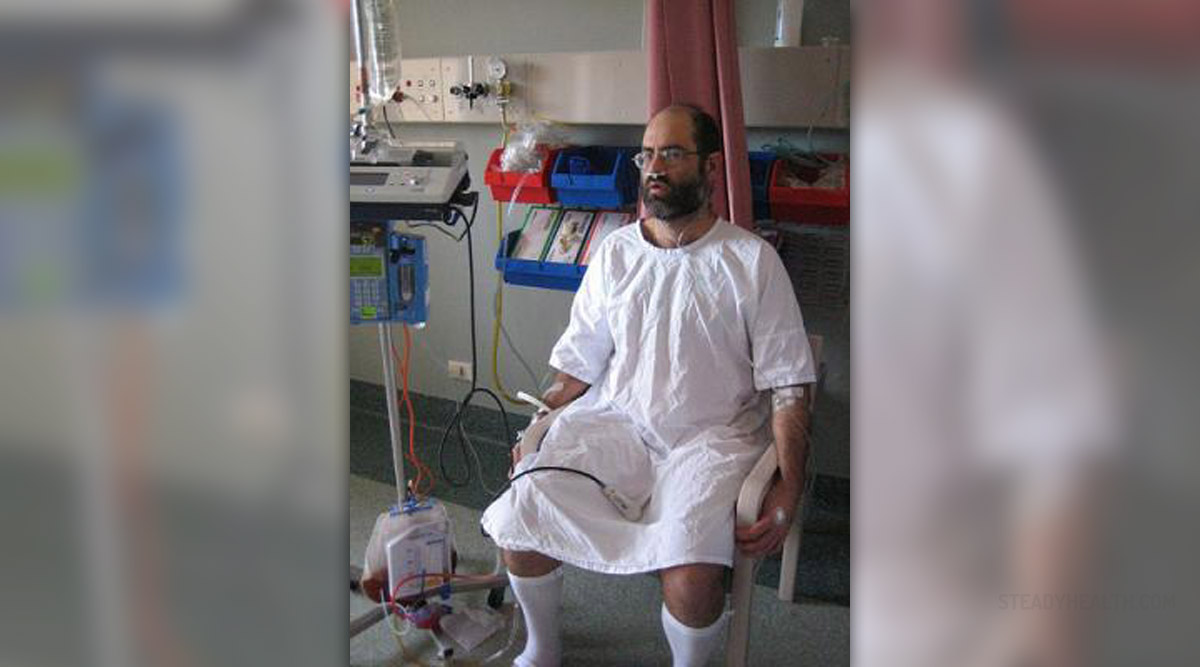
Urinary catheterization is a procedure when a small plastic tube is put into the bladder through urethra. The tube allows the patient to pass urine freely from the bladder. Urinary catheterization may be necessary in case you have some urinary tract disorder, such as uncontrolled passing of the urine or not being able to empty the bladder, or you had a surgery which requires a catheter (in case of gynecological or prostate surgery) or other disorder such as dementia, multiple sclerosis or an injury of the spinal cord.
There are a lot of different materials such as the plastic, silicon or latex, which are used for catheters. Catheters can be in different sizes and types. The doctor will normally use the smallest catheter. Some of the types of the catheters are indwelling catheters which can be used for both long and short time. They are placed in the bladder and they are attached to a drainage bag which collects urine. The doctor may slide the indwelling catheter through urethra or through a hole in the body. These catheters have a little balloon blown up at the end to stop the catheter from displacement. Another type of catheters is condom catheters which are commonly used in older men who suffer from dementia. An appliance that resembles to condom is put over the penis. The appliance has a tube which has the drainage bag at the end. These catheters must be replaced on a daily bases. There are also intermittent catheters which are used for one occasion. Such catheters are removed after the urine is passed.
Every catheteris normally has a drainage bag. The drainage bag can be attached to your leg and you can wear it during the day beneath the clothes. Another kind of the drainage bags is the one which is usually used during the night. This bag is bigger and it must lie on the floor beside the patient or hang somewhere near the bed. It is important for the drainage bag to be placed lower than the bladder so that the urine does not return to the bladder. The drainage bags must be cleaned and emptied regularly.
The catheters must be cleaned frequently. If you use the indwelling catheter clean it with soap and water, then it is recommended to drink plenty of liquids and to wash your hands before touching the catheter in order to prevent the risk of infections.
Some of the complications which can occur in you if you use the catheter are allergy to latex, blood in the urine, kidney damage or infection, bladder stone or blood infection. If you have bleedings, fever, spasms or swellings, or you notice that there is no urine in the drainage bag, or your urine has strong smell, contact your doctor as soon as possible.


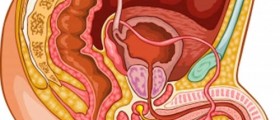


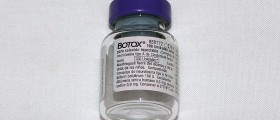
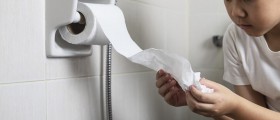

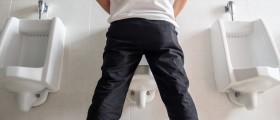
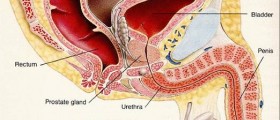







Your thoughts on this
Loading...